Autumn in Japan: The Season of Harvest and Celebration
Autumn in Japan, known as "Minori no Aki" (the autumn of harvest), is a time of abundance, gratitude, and celebration. From rice harvest festivals to the stunning fall foliage, it’s a season that brings nature and culture together in perfect harmony.
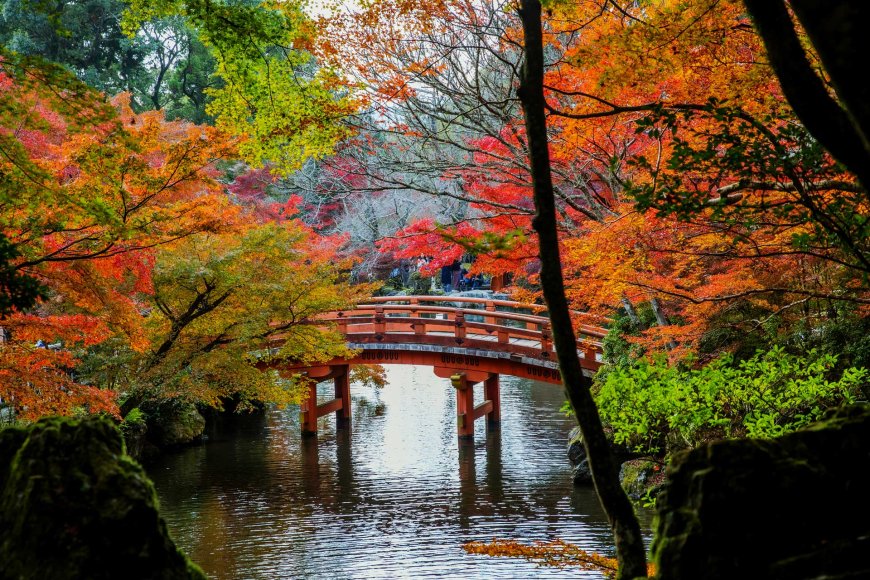
Japan’s Vibrant Autumn Season
Autumn, or "Aki" (秋) in Japan, is often referred to as "Minori no Aki" (実りの秋), meaning "the autumn of harvest." This poetic expression celebrates the season’s abundant yields, reflecting a deep-rooted connection between nature and Japanese culture. As the intense summer heat gives way to cool, crisp air, Japan's countryside transforms into a vibrant palette of red, orange, and gold. But beyond the stunning foliage, autumn in Japan is also a time for gratitude, tradition, and the enjoyment of seasonal foods.
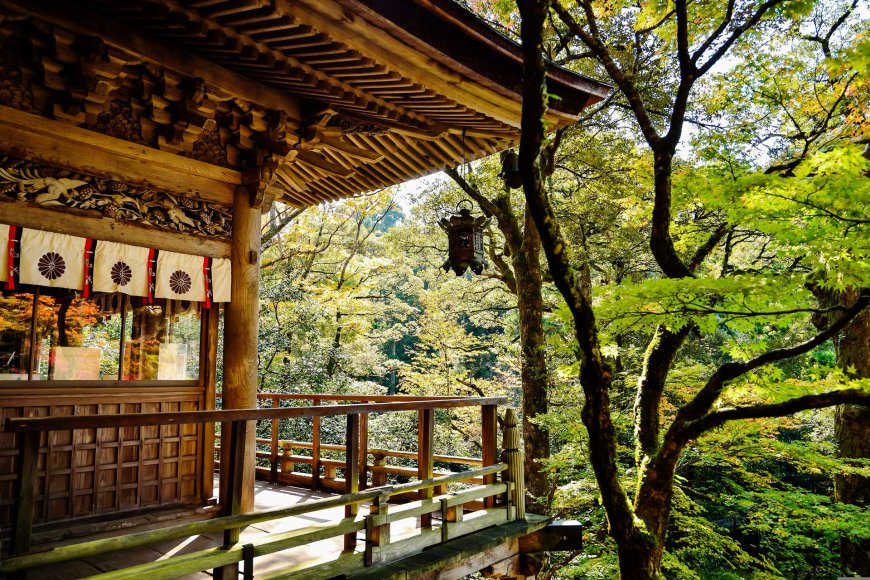
A Season of Abundance: The Harvest Festival
Autumn is the season when Japan’s farmers reap the rewards of their hard work, bringing in bountiful harvests of rice, vegetables, and fruits. Central to the country's agricultural traditions is the rice harvest, which has been a cornerstone of Japanese society for centuries. Rice paddies, once lush and green in summer, are now golden fields ready for harvesting.
The culmination of the harvest season is marked by various festivals across the country. One of the most notable is the Niiname-sai (新嘗祭), a Shinto ritual where the Emperor offers the first rice harvest of the season to the gods as a sign of gratitude and prayer for future abundance. This ancient tradition, observed since the 7th century, reflects the profound respect the Japanese people have for their natural environment and the bounty it provides.
Local communities also celebrate with autumn matsuri (festivals), each region having its unique customs and rituals. These festivals often feature traditional dances, processions with mikoshi (portable shrines), and food stalls that showcase the season’s best ingredients. It's a time for people to come together, honor the changing seasons, and give thanks for the food on their tables.
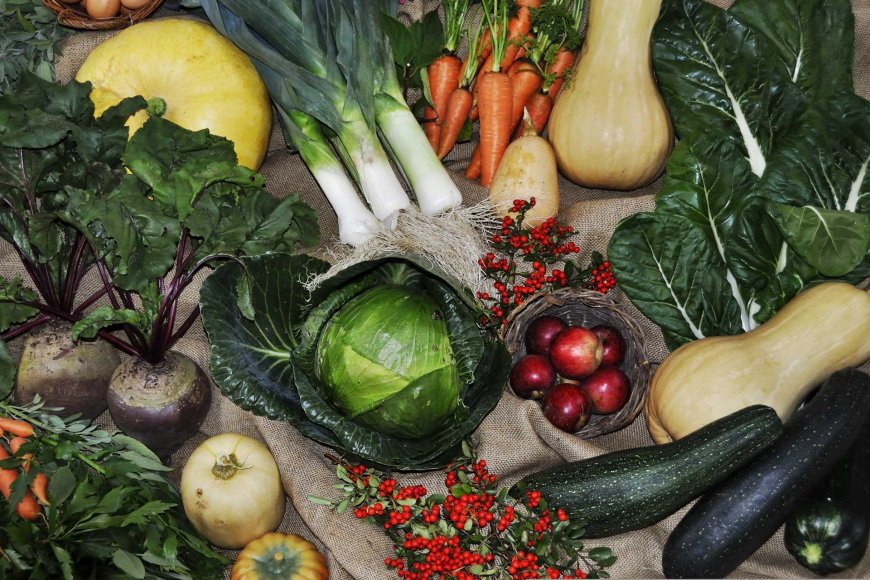
Seasonal Flavors: A Culinary Delight
Japan’s autumn cuisine is perhaps one of the greatest joys of this season. Known for its focus on seasonal ingredients, or shun (旬), Japanese cuisine changes with each season, and autumn brings a rich variety of flavors to the table. The term “Shoku no Aki” (食欲の秋) or "the autumn of appetite" perfectly captures the sentiment—this is the time to indulge in hearty, wholesome meals.
Rice, being the centerpiece of the autumn harvest, is particularly celebrated in dishes like kuri-gohan (栗ご飯), a simple but delicious rice dish cooked with chestnuts. Sweet potatoes, mushrooms, and pumpkins are other iconic autumn ingredients. Matsutake mushrooms, one of the most prized culinary treasures in Japan, are at their peak in autumn and are often featured in soups, grilled, or served with rice.
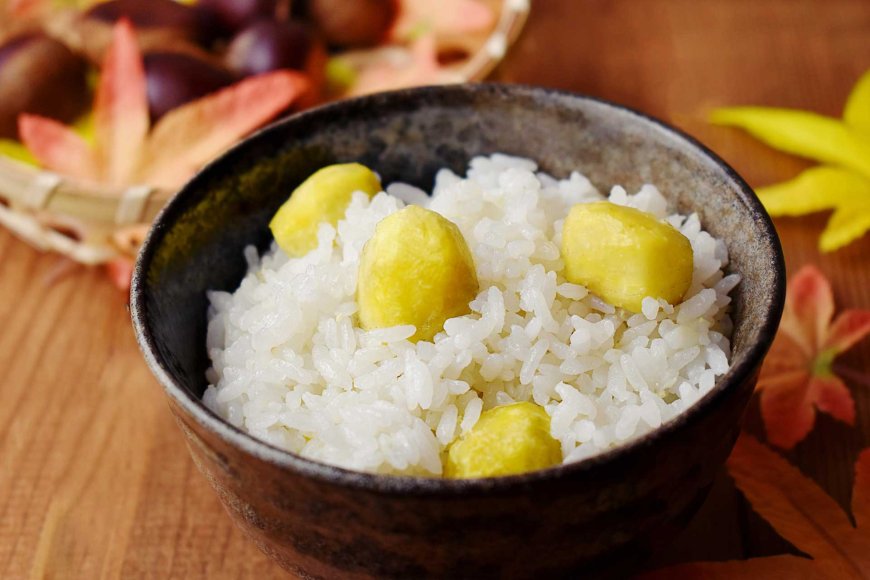
Fish also play a significant role in the seasonal cuisine, with sanma (Pacific saury) being one of the most popular autumn fish. Grilled sanma, often simply seasoned with salt and served with a side of daikon radish, is a staple meal during this time. Chestnuts and persimmons, both freshly harvested, are widely used in desserts, such as kuri manju (chestnut-filled sweet buns) and kaki (persimmon) jelly.
For food lovers, autumn in Japan is a sensory feast, offering a chance to savor the season’s best produce at its peak freshness.
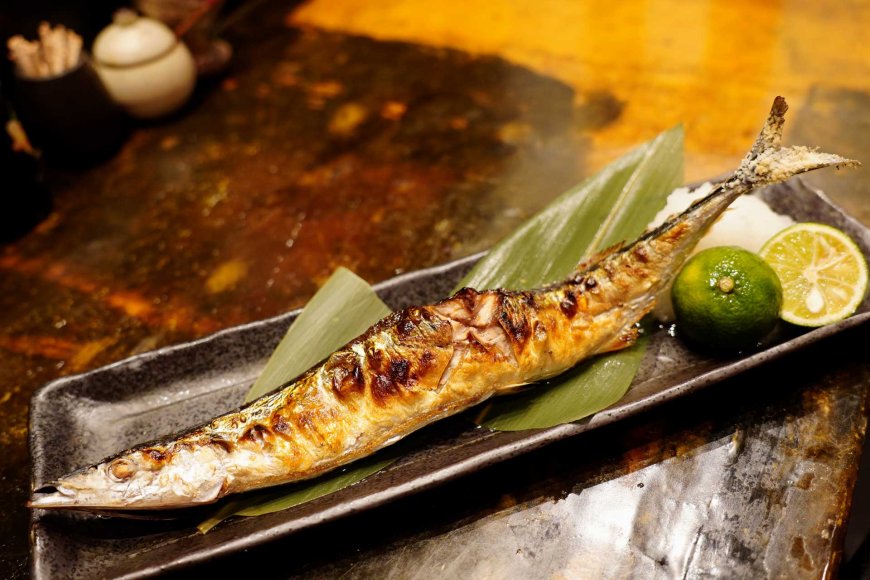
The Beauty of Autumn Foliage: Momiji
While spring is renowned for cherry blossoms, autumn in Japan is equally famous for its stunning foliage, known as “Momiji” (紅葉). The changing leaves, particularly the Japanese maple trees, turn brilliant shades of red, orange, and gold, creating breathtaking landscapes. The sight of these fiery colors covering mountainsides, parks, and temples is nothing short of magical.
Popular spots for Momiji-gari (autumn foliage viewing) include Kyoto’s Arashiyama, Nikko’s Lake Chuzenji, and Mount Takao near Tokyo. These areas are frequented by locals and tourists alike, who flock to witness the seasonal beauty and immerse themselves in nature. Many temples and shrines are surrounded by maple trees, adding a serene and spiritual element to the viewing experience.
In some regions, illuminated night-time displays of autumn leaves, called Momiji light-ups, offer an ethereal perspective of the foliage. Temples like Kiyomizu-dera in Kyoto hold these events, where the red and orange leaves glow under soft lighting, creating a dreamlike atmosphere.
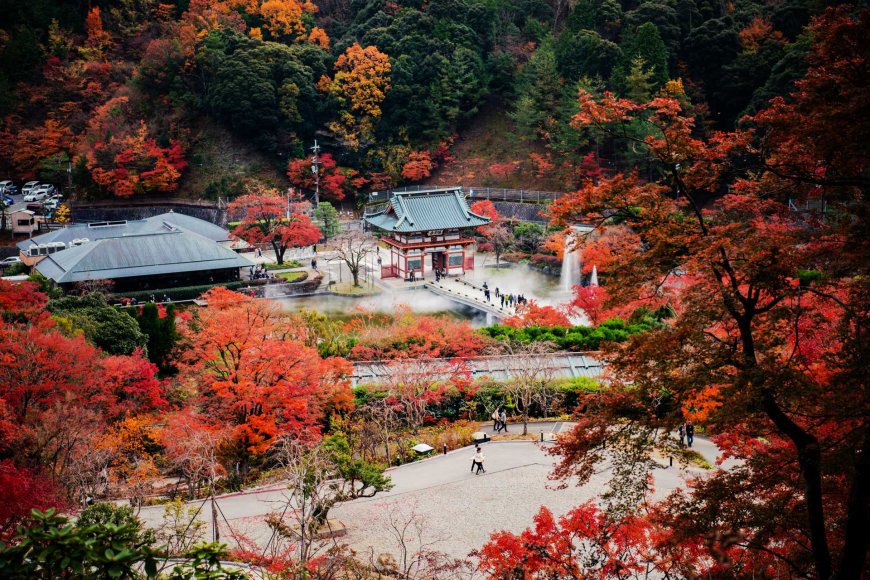
Traditional Arts and Cultural Events
Autumn is not just a time for harvest and food; it is also a period of artistic and cultural expression. Many traditional art forms, such as Ikebana (flower arrangement) and Noh (classical Japanese theater), thrive during this season.
Tea ceremonies, or chanoyu, take on a special significance in autumn. The tools and decor used in the ceremony reflect the seasonal changes, with motifs of fallen leaves, persimmons, and chrysanthemum flowers. These ceremonies offer a peaceful respite and a chance to appreciate the beauty of impermanence, a key concept in Japanese aesthetics.
Poetry, particularly haiku, also embraces the essence of autumn. Classical Japanese poets like Basho often wrote about the season’s natural beauty, capturing moments like the sound of falling leaves or the chill of the evening air in simple yet profound verses.
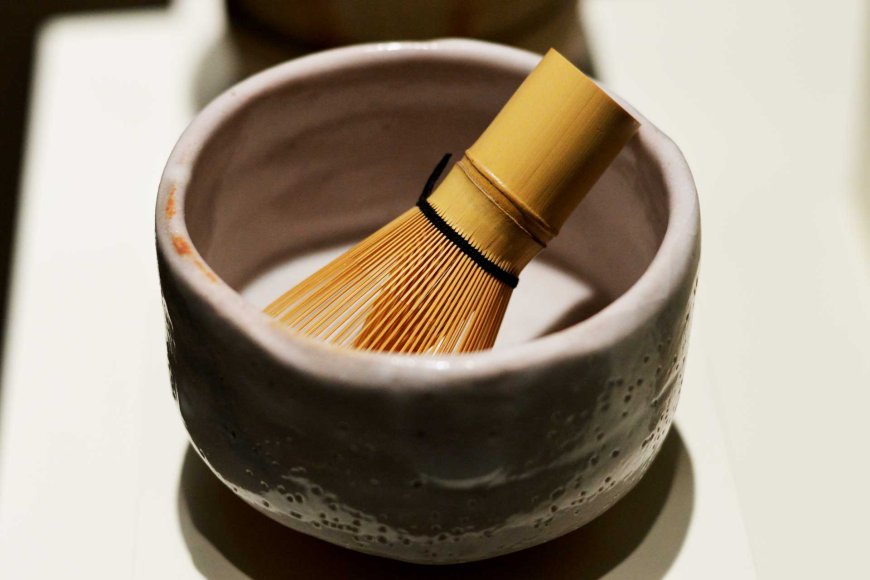
A Time for Reflection and Gratitude
"Minori no Aki" embodies more than just the physical abundance of the season—it symbolizes a time of reflection, gratitude, and the enjoyment of life’s simple pleasures. From the harvest festivals and the vibrant Momiji to the delicious seasonal foods, autumn in Japan is a celebration of nature’s gifts and the passage of time.
In this season, as Japan’s landscapes transform and the air grows cooler, people pause to appreciate the fleeting beauty around them. Whether it’s through sharing a meal of freshly harvested rice, walking through a forest of red and gold leaves, or attending a traditional festival, the spirit of "Minori no Aki" invites everyone to reconnect with nature and cherish the richness of the season.
Find Cheap Flight Tickets to any Destinations in Japan and the Philippines
Nipino.com is committed to providing you with accurate and genuine content. Let us know your opinion by clicking HERE.































































